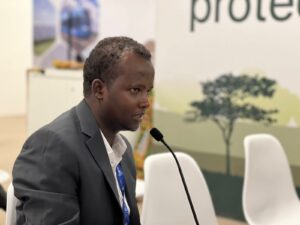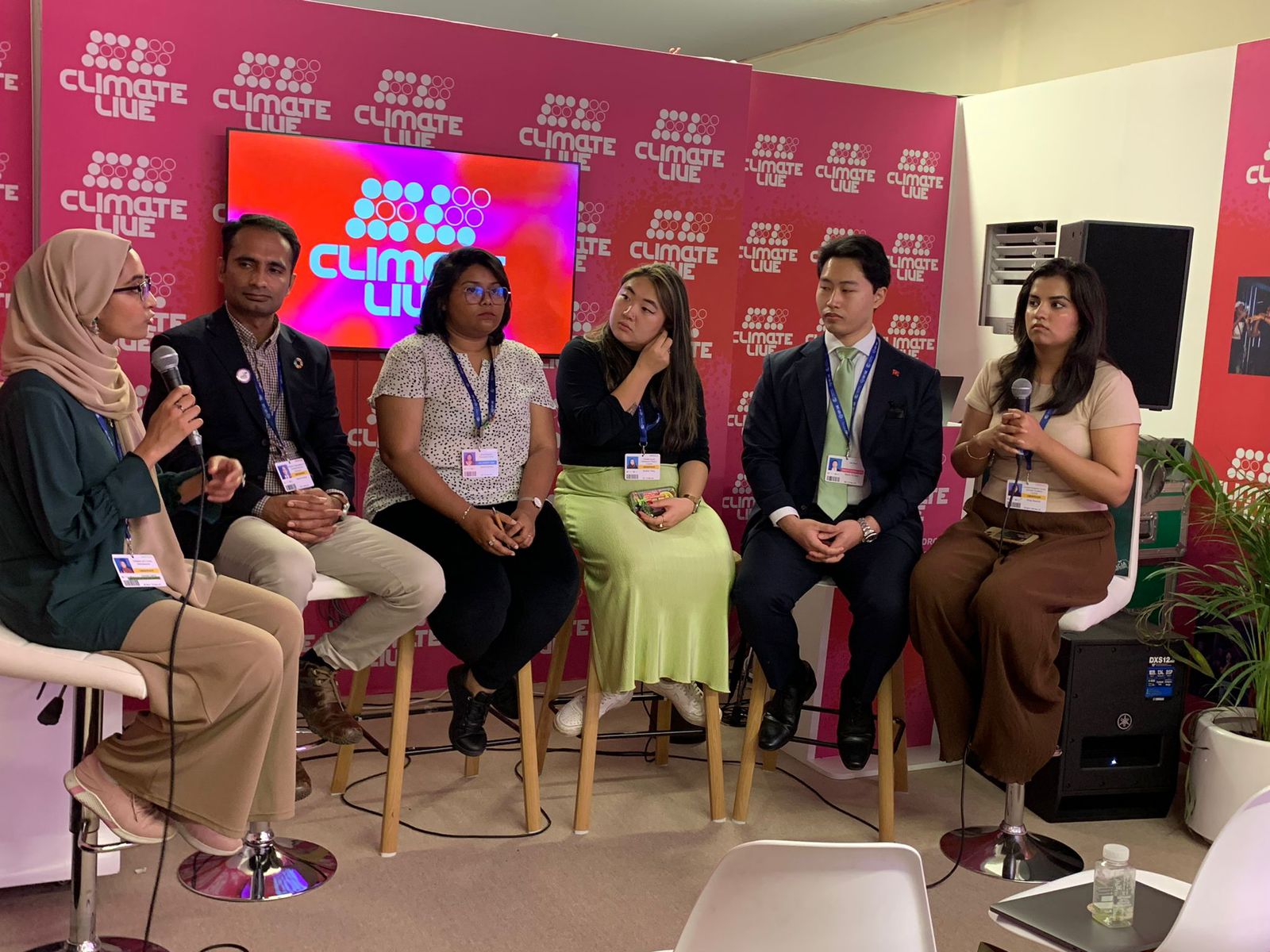Imagine a world where rising temperatures threaten not just our planet’s health, but our own. Where floods and droughts disrupt access to clean water and food, putting millions at risk. Where heatwaves and extreme weather events wreak havoc on already fragile healthcare systems. This isn’t science fiction; it’s the reality we face due to climate change.
But amidst this alarming picture, there’s a flicker of hope: the power of youth, who have proved that meaningful youth participation is quintessential and beneficial. But while this is promising, a study by WHO warns of millions of climate-related deaths in the coming years. The study opines that climate change could further worsen the well-being of some of the world’s vulnerable populations. It is this view that warrants a review of the connection between climate change and Sexual and Reproductive Health and Rights (SRHR).
Climate change magnifies existing inequalities, putting women’s health and rights at further risk. That’s why inclusive National Adaptation plans are crucial, ensuring everyone, especially women, have access to essential healthcare.
Imagine a world where rising sea levels threaten coastal communities, extreme weather disrupts access to food and water, and heatwaves put millions at risk. This isn’t science fiction; it’s the reality we face due to climate change. And amidst these alarming projections, a crucial truth emerges: our planet’s health is inextricably linked to our reproductive health and rights, and the key to unlocking a healthier future lies in empowering young changemakers.
The World Health Organization paints a grim picture, predicting millions of deaths in the coming years due to climate-related health risks like malnutrition and heat stress. These burdens fall heaviest on vulnerable populations, especially women in low-income countries.
But amidst this crisis, a beacon of hope shines: the voices of young people. Young people like Tasnia Ahmed, from Bangladesh reminded that solutions can be born even in the dawn of a crisis. In her view, there is a possibility to plan ahead by safeguarding SRHR needs. Speaking at COP28 in Dubain, UAE, Tasnia lauded that,” We need solutions that empower, not just protect us.”She also underscored the inclusivity of health in climate finance discussions.

Similarly, Hassan Yassin, the Executive Director of the Somali Greenpeace Association, illuminated the nexus of climate finance and health. In his perspective, climate-induced disasters fuel conflict and instability due to neglected human needs like access to proper health.
Yassin emphasized the multipronged effects of climate change and the lack of funds addressing health needs, but within these challenges, he sees a glimmer of hope—the potential of youth as catalysts for change.
According to Yassin, youth hold the key to climate solutions and must be fully engaged in current and forthcoming climate action ideas. He asserts, “COP28, with its historic pledges and commitments, is a step in the right direction. But insists it’s not enough unless youth voices remain at the fore front of decision-making processes.”
What is worth noting is that meaningful youth engagement isn’t just tokenism. It’s the driving force behind these outcomes. It’s the young voices demanding action, the innovative solutions emerging from their communities, the unwavering commitment to a healthier future.

